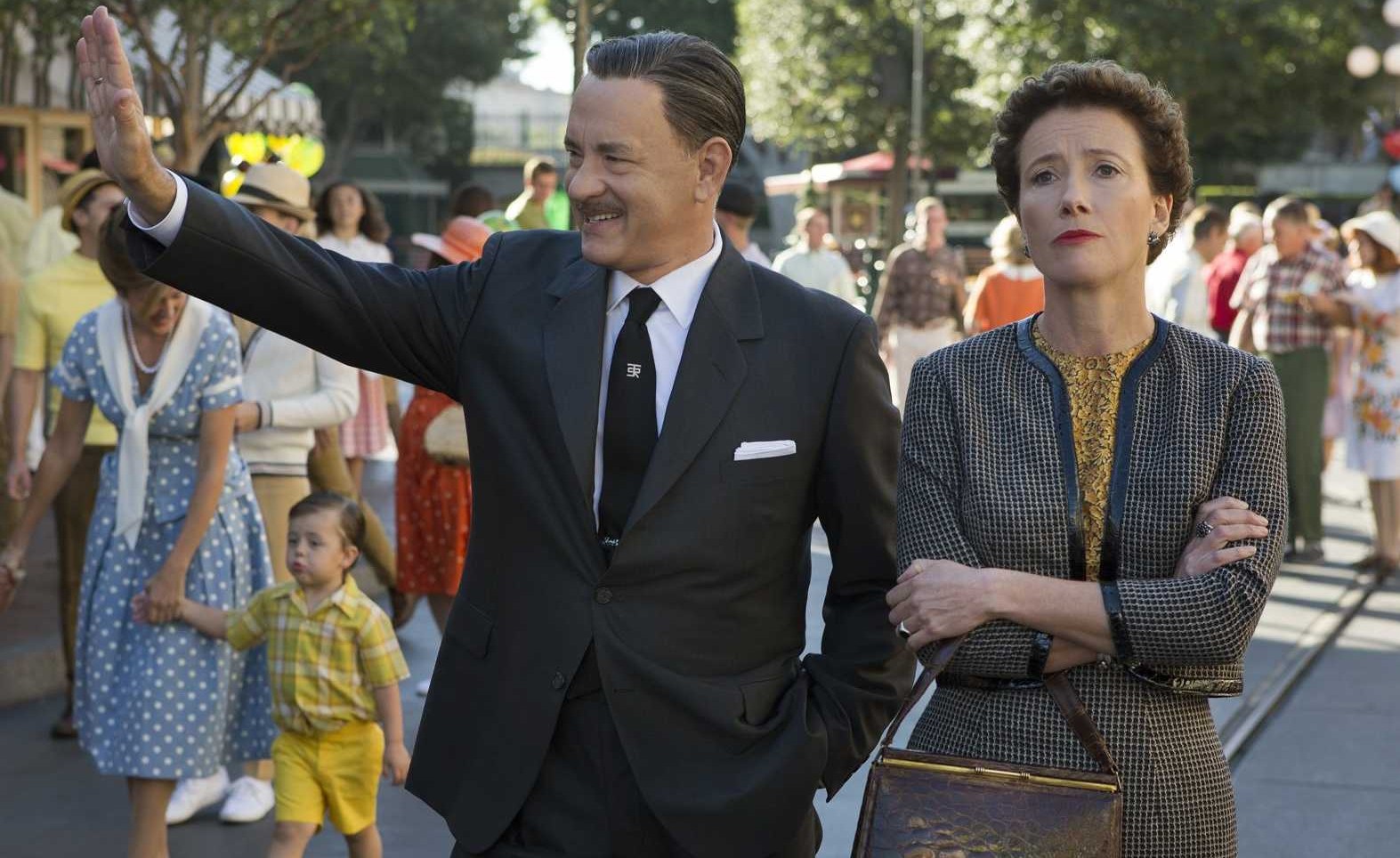With a tribute to the elements most beloved in the original “Mary Poppins” film, “Saving Mr. Banks” gives the untold story behind the production of the Disney classic “Mary Poppins.” P.L Travers (Emma Thompson, “Nanny McPhee”), the author of the Poppins children’s book, agrees to consider selling the rights to her book to Walt Disney (Tom Hanks, “Forrest Gump”), who made a promise to his two daughters to make the book into a film. It soon becomes clear, however, that it will be hard to please Travers, as she is intimately involved with the characters in her book.
Alternating between Australia in 1906 and Hollywood in 1961, the film weaves the story of Travers’ childhood with her critiques of Disney’s adaptation of her Poppins novel. From her first observation about Los Angeles, that “it smells like chlorine and sweat,” to her demand that the color red be completely absent from the Poppins film, Travers struggles to adjust to her story being adapted for the screen and to her time in Los Angeles. Eventually, however, the charms of ‘Mr. Disney’ and the songs being developed for the film start to change her mind, leading to a particularly Disney-esque scene in which she abandons her curmudgeon ways and dances with her screenwriter Don DaGradi (Bradley Whitford, “Billy Maddison”) to the tune “Let’s Go Fly a Kite.”
Meanwhile, Travers remembers parts of her childhood, which provide insight into her inspiration for the story of Mary Poppins and also show the audience why she has such specific requests for the movie adaptation.
While its accuracy has been questioned, “Saving Mr. Banks” excels in most aspects of its production. The acting is fantastic, with Hanks bringing an impressive performance and Thompson skillfully creating a character that is simultaneously cantankerous and enjoyable. Paul Giamatti (“Big Fat Liar”) also builds emotional depth through his character of Travers’ irreverently optimistic driver and finally a young Annie Rose Buckley (“Home and Away”) gives a strong performance as Travers’ childhood self.
The film also incorporates many of the original songs from “Mary Poppins,” bringing the audience back to the much-loved classic. The writing is very well done, with lines that will linger in one’s head long after the end of the film and character dialogue that seamlessly provides emotional depth and character insight.
At almost exactly two hours in length, the film is paced well throughout and gives a full story without leaving too many gaps unfilled. However, some questions do remain when the film is finished, if only because Disney may not have wanted to delve into its own internal quarrels with its writers in too much detail.
Actual pictures from the “Mary Poppins” premiere and film-making process are shown during the credits at the end of the film, and real recordings of conversations and quarrels Travers had with the screenwriter and songwriters are played in lieu of music for part of those credits. These give the audience some personal insight into the realities of the story, even if they are limited.
Although the public may never know the true ‘true story’ of the “Mary Poppins” masterpiece, this film offers us a story that is relatable, entertaining and not overly polished. It is an interesting and thought-provoking option good for a family outing this holiday season. From the first notes of the opening scene to the final line of the credits, this film captivates its audience with raw emotions, universal truths and—of course—the magic of Disney.











